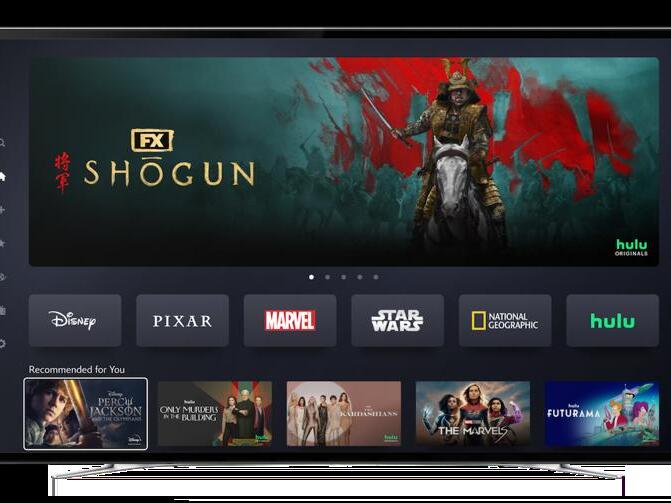Physical Address
304 North Cardinal St.
Dorchester Center, MA 02124
Physical Address
304 North Cardinal St.
Dorchester Center, MA 02124

Let’s get ready to bundle.
At least, that’s what your favorite streaming services want you to do. We’re entering a new era of the television business as many major streaming platforms—Netflix, Max, Hulu, Amazon Prime Video, and Peacock—try to find ways to make money and retain loyal subscribers in the crowded field of streaming TV. One strategy? Make everything old new again and embrace the bundle.
You remember the bundle: it was a major part of how you watched TV when cable subscriptions were dominant. You’d pick your bundle based on the number of channels you wanted. Did you go for the package with Nick Jr. and MTV2? Did you add HBO? Times were simpler then.
However, over the past decade, cable has been on a steady decline as both companies and consumers went all-in on streaming TV. Now, every major conglomerate has its own streaming service, and TV watchers are facing ever-increasing monthly subscription fees that can add up to hundreds of dollars. Something had to give.
Enter the streaming bundle. Instead of paying $15.99 for Disney+ and $18.99 for Hulu separately, you can get both for $19.99 through the Disney bundle. Who wouldn’t go for that deal?
As streaming TV continues to evolve, now is a good time to break down all things bundles so you can make informed decisions about your subscriptions. Maybe you didn’t even realize you could be paying less than you are now.
Bundling refers to offering access to multiple streaming services for a single, discounted monthly fee. The major bundles include Disney+ and Hulu; Disney+, Hulu, and ESPN+; Disney+, Hulu, and Max; and Xfinity Streamsaver (Peacock, Netflix with ads, and Apple TV+).
Streamers are turning to bundles as part of an overall strategy shift in the industry. After Netflix lost subscribers in 2022 and the old business model of spending exorbitant amounts on new content proved unsustainable, companies are now trying to attract more subscribers and keep them longer. Research shows bundle subscribers are less likely to cancel their services.
“Data indicates that bundling services can help mitigate churn (of subscribers),” says Catalina Skramstad, senior vice president of marketing and partnerships at streaming analytics firm NPAW. “Disney’s bundle offers consumers perceived value, which helps retain subscribers even as individual prices increase.”
Bundles definitely save you money. The important question for individual consumers is whether they get their money’s worth from all the included services. Here are the prices for the major bundles:
*Prices as of Oct. 17.**Only available to Xfinity broadband internet subscribers
Here are the prices of individual services compared to bundle deals to help you decide:
Additionally, you can get discounted or free streaming services through other providers. Some Verizon Wireless data plans include the Disney bundle, and Paramount+ is free with your Walmart+ service. These are good cost-saving ideas for consumers but come with caveats. Sometimes the free or discounted streaming services are only valid for a year, and the offers are constantly changing.
Although no new bundles have been announced by major streamers, expect more in the coming years. Businesses love to copy successful strategies: Netflix cracked down on password sharing, and other streamers soon followed. Disney, Warner Bros. Discovery, and Fox are collaborating on a new sports streaming service, Venu, which is essentially a single bundled streaming service debuting this fall.
This article originally appeared on USA TODAY: Are streaming bundles really worth it? Everything to know about the latest TV trend
Source: USA TODAY



